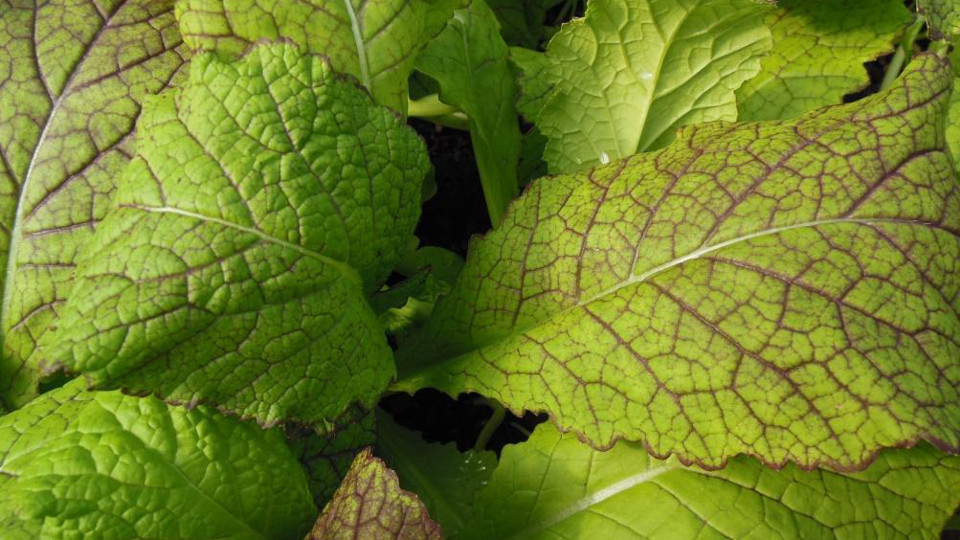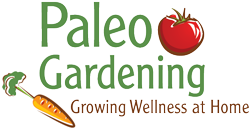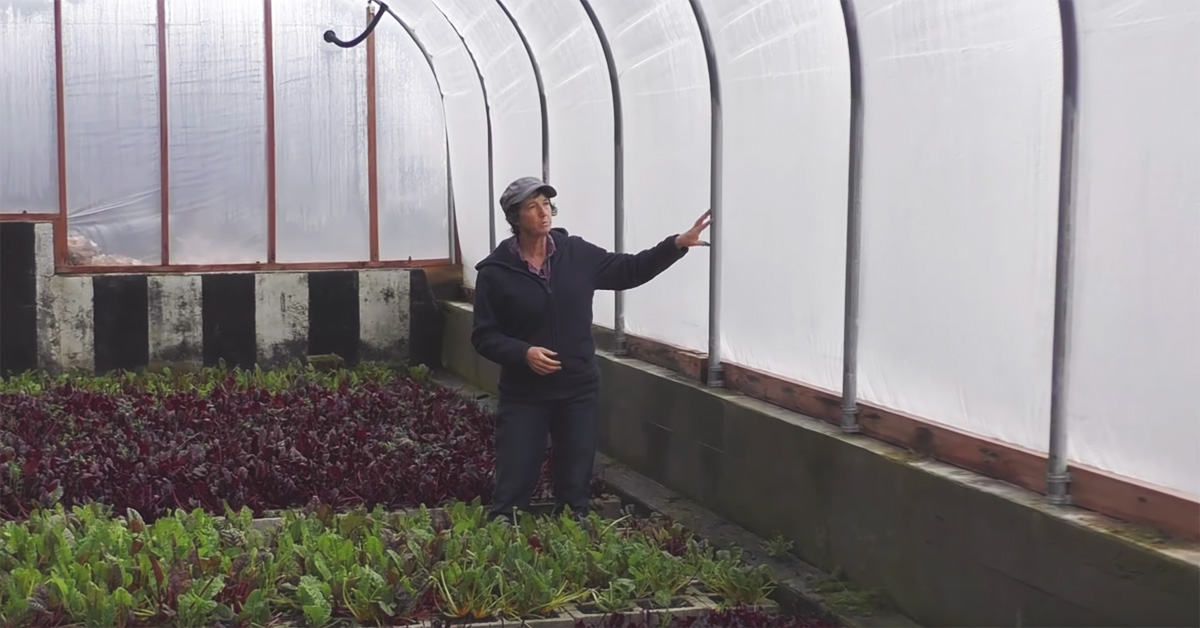If you like life on the spicy side then you will enjoy growing and eating mustard greens on your salads. Mustard greens are a great way to add spice to your salad instead of peppers (the usual suspects).
Humans have been cultivating mustard greens for thousands of years. The leaves have been used in dishes from Africa, Pakistan, Bangladesh, India, China, Japan, Korea and Russia. The mustard seeds have also been used to create cooking oils.
Our family farm uses mustard greens to give our salad mix a kick. We use Red Giant and Mizuna in our mixes. There are many different cultivars that you can get seeds for, Johnny’s Selected Seeds has a wide variety to choose from.
Mustard greens, brassica juncea, belong to the brassica family which includes Kale, Broccoli and cabbage. Some of the mustard greens are very spicy and others are milder in flavor. The younger you harvest the leaves the more mild they will taste. Mustard greens are packed with vitamin A, vitamin C, vitamin K, as well as folic acid, carotenes, pyridoxine, thiamin, riboflavin and flavonoid anti-oxidants. Mustard greens are also an excellent source of minerals like calcium, iron, magnesium, potassium, zinc, selenium, and manganese. They are also low in calories and high in fiber.

Mustard greens are easy to grow. They are a cold weather plant and can be grown all winter in zones 8-13. You can grow them in a cold frame in zones 6 and 7. Any time or place that you can grow leaf lettuce you can grow mustard greens. We grow them year round in our greenhouses for our salad mixes.
Mustard greens like a rich soil, amend the soil with compost before planting. They also grow well in container gardens. If you would like our families secret potting soil recipe for growing the most amazing mustards go to our website for the recipe at http://thelivingfarm.org/secret-of-seeds-series-starting-seeds-indoors/
I like to plant the seeds about .5 inches apart. This will be a thick planting for the mustards. When you plant them this way the leaves will be smaller, which is best for the salad mixes. If you want larger leaves then plant the plant your seeds 2 inches apart. This will allow your plant to produce large leaves for you to harvest.
You can start harvesting the baby leaves once the plants are about 4 weeks old. You can continue to harvest the leaves even after the plants have started to bloom. The leaves will be stronger in flavor as they age but they will not get bitter like lettuce. The flowers are amazing to eat too. Be sure to give them a try. We eat them raw when we are walking around the greenhouses. If you would like a continued harvest of leaves then put in a new planting every 3 weeks.
I grow mustards right through the heat of the summer in my greenhouses. I do notice that they will bolt faster in the longer summer days. Planting a new round of mustards every 3 weeks works out just right even in the heat of the summer.
Being in the brassica family they are pestered by flea beetles, aphids and cabbage loopers. A floating row cover works to prevent these pests from attacking. You can also use BT (bacillus thuringiensis) spray to control the cabbage loopers and Pyrethrum powder to control the flea beetles and aphids.
Most mustard greens are eaten raw in salads, sautéed in stir fries and chopped and cooked in soups. We have used our red giant leaves in place of lettuce for wraps. You can also make pesto out of the leaves. Also the red giant leaves when they get really big you can use the rib in place of celery. It is spicy and crunchy. Some recipes I found that I’m looking forward to are a Spicy Mustard Green Pesto from the Nourished Kitchen and then another from Stupid Easy Paleo for a Braised Mustard Greens with Bacon. Both seem like simple recipes my family will enjoy these spicy greens.
Needless to say mustard greens are a great nutrient edition to your meals as well as a great way to add flavor and variety. Check your zone chart to see when you can plant mustard seeds in your area. They are fun and easy to grow and make a great addition to any diet.
Have any questions about growing leaf lettuce or any other gardening question? Email me at lynn(at)paleogardening.com and tell me all about it. I would love to hear from you! Stay tuned for next week’s Paleo Garden Expert Interview!
Until next time may your garden be easy, fun, productive and always organic!
Lynn
The weekly leafy green is just a taste of what you can find in our latest online high performance gardening course- the Leafy Greens Container Course. In this online course I will show you how to grow the most variety and nutrient dense greens you have ever had. Learn more about how you can enjoy these leafy greens today!




